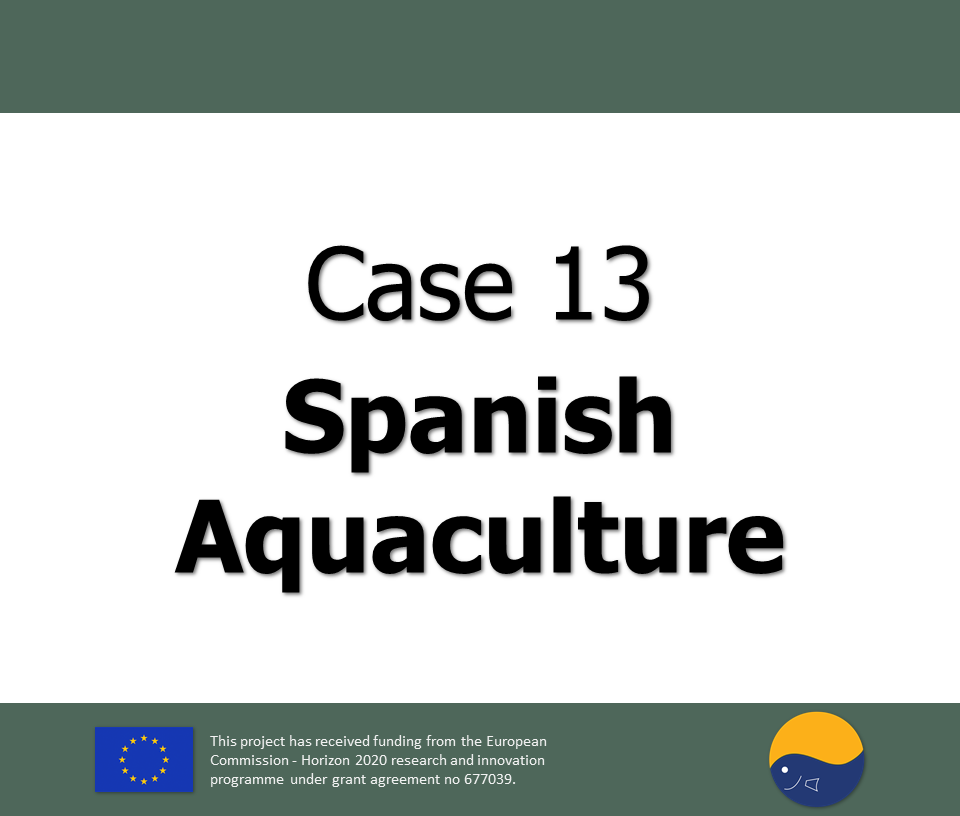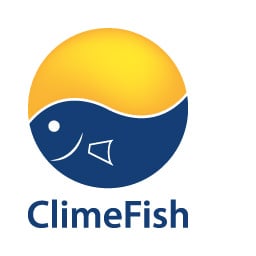Spanish Aquaculture

Main results
- Water temperature projections vary among climate models. The most conservative does not predict any significant change in water temperature, whereas the most pessimistic predicts a 1-2 degrees increase by 2050. Barely significant changes are predicted in solar radiation and food availability.
- The impact of future water temperature and food availability on mussels grow is slight and variable. Shorter periods to reach the commercial size are predicted by 2050.
- The impact of climate change on mussel aquaculture involves not only mussel growth but also its interaction with seed availability and harmful algal bloom.
- Seeding size and month, as well as market size for fresh or industry sale, will have an overall higher effect on mussel growth than the projected climate change.
Effects of climate change
In mussel aquaculture, suspended matter produced by the environment feeds the animals. So, besides seawater temperature, other climate-related environmental variables affect mussels’ reproduction and growth; they are mainly coastal winds, continental runoff and solar radiation, the drivers of circulation and fertilization in the Galician coast. The simulations show that, overall, climate-related changes in these drivers would have a slightly positive effect on the growth of mussels over the next decades. The management options – particularly the seeding period, seed and harvest size – will have a much larger effect than climate change. The main climate-related threats for this culture are related to the negative impact of extreme weather events on the mussel raft structures, the availability of mussel seeds and harmful algal blooms.
Risks and opportunities
Several climate-related stressors –the main of which being water temperature, coastal winds, continental runoff and extreme events– can affect positively or negatively the mussel aquaculture industry of North-western Spain. Higher temperatures and increasing summer northerly winds have the potential to shorten the culture cycle, but they also have the potential to increase the occurrence of harmful algae in the farming areas, causing their closure to exploitation. Increasing extreme weather events may cause detachment of mussels and loss of mussel rafts. Increased presence of seed predators, although not demonstrated to be climate-related, is an emerging risk.
Adaptation strategies
At the industry level, adaptation of the culture cycle to future commercial strategies, deployment of nets to prevent seed predation and reallocation of rafts are the identified adaption measures. At the policy level, extension or shifts of current intertidal seed collection periods, control of predator species allowing the coastal fleet to fish in the surroundings of culture areas, subsidies and/or insurances for extreme weather events for mussel producers, and partial –instead of global harvesting closures– have been proposed.
Three climate change adaption pathways are pondered for addressing these measures:
- Environmental-friendly
- Cost-effectiveness
- Governance
Adaption costs will include the market price of nets, rafts, certification scheme or the increase in the control and monitoring of mussels seeds management.
Socio-economic outcomes
Predicting socio-economic outcomes from mussel aquaculture is challenging due to the multifaceted combination of factors to be considered: environmental, technical, legislative and economic. The same climate-related variables dictate the opportunities (reduce culture cycle) and risks (lower seed availability, HABs, storm-related losses). The result of crossing the climate change adaption pathways and the climate models will provide scenario matrices of the socio-economic outcomes (production value, gross added value and employment). Adaption to risks will require a strong collaboration between all stakeholders at industry, research and administration levels.


